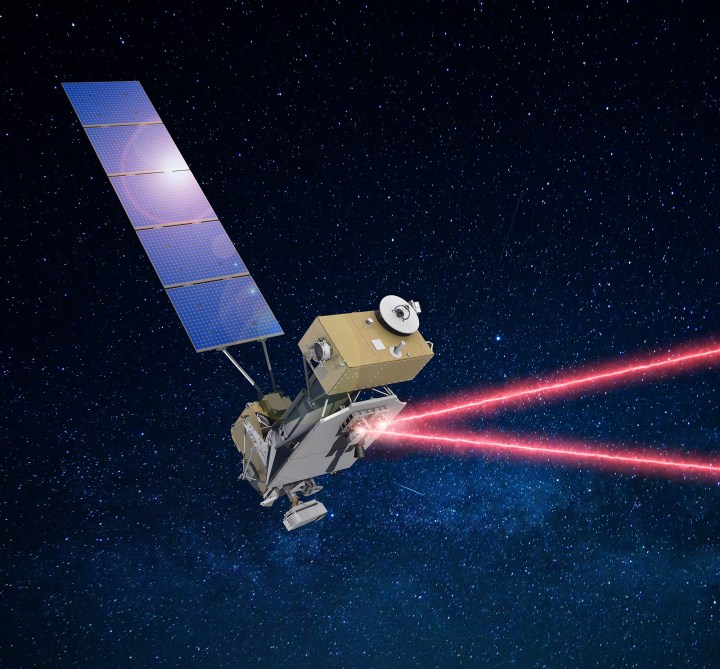
As the instruments we send into space get increasingly complex and are able to collect larger amounts of data, we need a more efficient way to send that data back to Earth. The current space communication system uses radio-based communications, with agencies like NASA gradually moving to higher and higher frequencies to squeeze more data into a transmission. But for the next generation of space instrument, we’ll need a communication system that can handle even more data, and that’s where lasers come in.
Laser communications, also known as optical communications, allows instruments to send larger amounts of data like 4K videos or months of scientific analysis back to Earth. It could increase the amount of data that can be be sent by between 10 and 100 times compared to current systems. To illustrate what that means, NASA explains: “It would take roughly nine weeks to transmit a complete map of Mars back to Earth with current radio frequency systems. With lasers, it would take about nine days.”
NASA recently announced it will be launching a demonstration of this laser communications technology later this summer, in a mission called the Laser Communications Relay Demonstration (LCRD).
“LCRD will demonstrate all of the advantages of using laser systems and allow us to learn how to use them best operationally,” said Principal Investigator David Israel at NASA’s Goddard Space Flight Center in a statement “With this capability further proven, we can start to implement laser communications on more missions, making it a standardized way to send and receive data.”
To test out laser communications, LCRD will be launched into geosynchronous orbit around 22,000 miles above the planet in June. For the first two years of its mission, it will test out communications with various experiments involving sending data back and forth between the ground station in California and Hawaii. As laser communications can be blocked by clouds, NASA needs to figure out what the effects of various kinds of atmospheric disturbance will be on the communications system. After these two years are up, LCRD will start sending and receiving information to and from current space missions.



